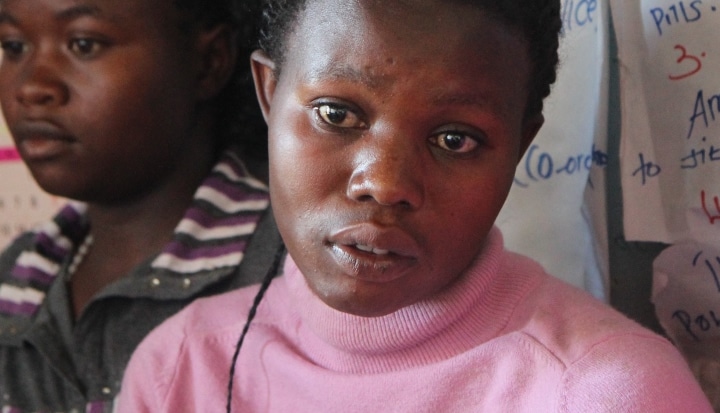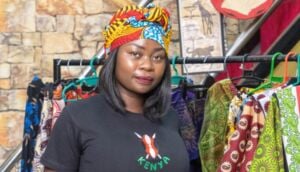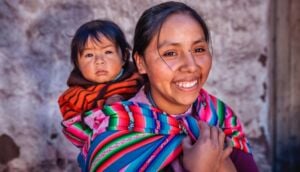Violet is 21 years old, married and a mother of two. She is also the owner of a steelworks business where her husband is one of her employees. When she speaks of expanding her business, her voice is full of confidence and hope, undeterred when others make jokes about how she manages her husband. Violet lives in Uganda, where 62 per cent of the youth are unemployed, the highest in Sub Saharan Africa. In spite of this, she had a crucial advantage: as a member of one of BRAC’s Empowerment and Livelihood for Adolescents (ELA) clubs she has been able to access financial services since she was 16.
The importance of financial services for young people in developing countries is surprisingly understated. With close to 90 per cent of the world’s youth population living in low-income countries, securing their transition into active economic citizenship holds the key towards achieving sustainable development in the South. These young people need to be financially savvy, and given the scarcity of jobs, entrepreneurial too.
BRAC believes that appropriate financial services are a key component of youth-focused development programming. In Uganda, Tanzania, and Bangladesh, BRAC supports adolescent clubs where young people can learn and share their experiences. This approach has proven highly effective in providing financial services and also in connecting them with other interventions such as skills training, financial literacy, and sexual and reproductive health.
Drawing from these experiences, we share three major takeaways on extending financial access to young people.
1. Young people demand both credit and savings. In Bangladesh, as part of a current pilot, adolescent club members were only being offered savings accounts for small weekly deposits. Soon we saw many members demanding access to credit as well. Once we introduced this, we observed improved savings behaviour among our members. So far there is close to no repayment failure in this portfolio.
Meanwhile in Uganda, due to regulatory restrictions the BRAC ELA programme only provides credit to its adolescent clubs. Members are therefore encouraged to form savings groups, either amongst themselves or within the wider community. Even with this strategy, we found that the availability of formal financial services in the clubs helped attract and retain young people in the clubs whilst also building support for the clubs within the wider community.
2. The design and delivery of financial services should be youth-friendly. In our experience financial services for young people work well when they are integrated into youth-centered programming not as a standalone youth component within the microfinance programme. An earlier attempt at youth financial services that began in 2001 in Bangladesh found it hard to attract young clients. It did not leverage our existing infrastructure for youth development. Rather it attempted the traditional microfinance model geared towards younger clients.
3. Social barriers shape how young people respond to financial services. In Uganda we have seen that young women with credit are much more likely to set up enterprises than their counterparts in Bangladesh. Social customs in Bangladesh are less supportive of young women being financially independent. In some cases we have even observed credit intended for young women, being used by their parents. To address this we recently introduced vetting mechanisms and reduced loan ceilings, making the product less accessible and desirable to adults. With this in mind, microfinance providers should think carefully about how to design financial services to meet the needs of young people.
As the world thinks about how to build sustainable and inclusive futures for its burgeoning youth population, the growing number of stories like Violet’s should be taken into account. “Young people may present a higher financial risk, but the social returns are also higher” according to the director of BRAC’s microfinance programme, Shameran Abed. “Young people with opportunities are less likely to get married young and more likely to plan for stable livelihoods in the future”.
When done thoughtfully, financial services can be the game-changer in young peoples’ lives. As we plan how to meet the needs of the growing number of young people over the coming decades, financial services must be given full consideration as a tool for youth empowerment.










